Biomasa Forestal SL is a Galician company based in As Pontes (A Coruña), dedicated to the production and distribution of solid biofuels, mostly wood pellets and wood chips.
The factory has a production capacity of 75,000 tonnes of wood pellets per year. It is considered one of the biggest factories in Spain, both in terms of production and capacity.
To produce 75,000 tonnes of wood pellets we need about 150,000 tonnes of wood which, in the case of Biomasa Forestal, come from sustainably managed forests. This way we guarantee the maintenance of biodiversity, productivity, regeneration capacity and vitality; as well as our potential to fulfil, now and in the future, our important ecological, economic and social role at the local, national and global levels, without harming other ecosystems.
Biomasa Forestal SL Wood pellets, RUF briquettes, firewood, Straw pellets, Granulate
Quality: DIN Plus (7A186) certified
Diameter: Ø 6 mm
Package: 15 kg bags, or 1 000 kg BB
Color: yellow to brown
Made mostly of coniferous trees sawdust
Biomasa Forestal SL branded or Blank (no name) bags
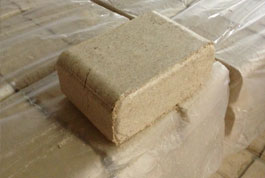 RUF Briquettes
RUF Briquettes
Quality: conformity to DIN 51731
RUF type
Size: 15x9x6 cm
Package: 10 kg bags
Made from leafy hardwood trees
Client’s Inlays/ Etiquettes available
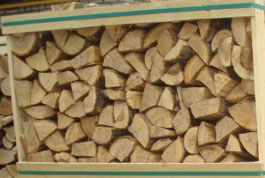 Firewood
Firewood
Timber: Ash (Fraxinus), Oak (Quercus), Birch (Betula),
Alder (Alnus), Mixed
Log length: 25, 28, 30, 33, 45 cm
Log diameter: Ø 8 – 15 cm
Package in boxes: 1m³, 1,8m³, 2m³
Package in bags: 22, 30, 40 liter
Fire starters available: bags 9,5 or 30 Liter
Humidity: fresh-cut (natural), Air-dried (seasoned),
Kiln-dried (under 25% or less)
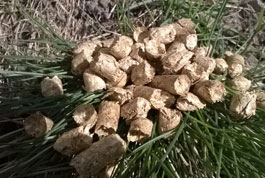 Straw Pellets
Straw Pellets
Quality: 100% straw
Diameter: Ø 8 mm
Package: 20 kg bags or 1000/1100 kg big bags
Humidity: 11-13 %
Color: green to brown
Type of crop: wheat, rape
Purpose of usage: Animal bedding
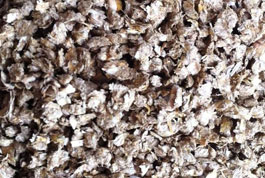 Straw Granulate
Straw Granulate
Quality: made from smashed straw pellets
Packing: 14 kg bags or 910 kg big bags
Purpose: bedding for rabbits, hamsters, chicken and other small animals
Contact us: [email protected]

Europe is continent of diverse climate and natural Flora zones. Spanning from mild warm Mediterranean basin to the polar circle, natural area of vegetation, especially forests, is not spread evenly. In the table shown, countries are listed in regard of forest area versus total area. Most forest-wealth is Sweden and Finland, the least of: islands like Malta, the United Kingdom and also coastal region of the Netherlands. In regards to forest economy, Baltic States are significant player. Although Sweden and Finland have two times more of forest area, the traditionally these developed economies focuses primarily on Paper, Construction Timber and Furniture production. The Baltic States – Latvia, Estonia and Lithuania are increasingly exporting more of Biofuel production: namely the wood pellets, firewood and the sawdust briquettes as well. Main export destinations are Denmark, Germany, the Benelux and the British Islands.
|
Country |
Inhabitants (mln) |
Forested area (km2) |
% of land area |
| Sweden | 9,47 | 307850 |
76.00% |
|
Finland |
5,39 | 233320 | 72.00% |
| Estonia | 1,34 | 23066 |
61.00% |
|
Slovenia |
2,07 | 12574 | 60.00% |
| Bosnia and Herzegovina | 3,84 | 25599 |
53,00% |
|
Austria |
8,41 | 39600 | 47.20% |
| Russia | 142,91 | 7762602 |
45.40% |
|
Montenegro |
0,62 | 6252 | 45.26% |
| Croatia | 4,29 | 24901 |
44.00% |
|
Latvia |
2,2 | 28807 | 44.00% |
| Liechtenstein | 0,3 | 70 |
43.75% |
|
Slovakia |
5,43 | 20006 | 40.80% |
| Georgia | 4,46 | 27880 |
40.00% |
|
Macedonia |
2,05 | 10285 | 40.00% |
| Belarus | 9,46 | 80134 |
38.60% |
|
Greece |
10,78 | 68732 | 38,43% |
| France | 65,82 | 246640 |
36,76% |
|
Portugal |
10,55 | 32400 | 36.50% |
| Albania | 3,19 | 10349 |
36.00% |
|
Italy |
60,7 | 106736 | 35.00% |
| Andorra | 0,085 | 160 |
34.19% |
|
Czech Republic |
10,54 | 26000 | 34.00% |
| Luxembourg | 0,511 | 870 |
33.64% |
|
Lithuania |
3,2 | 21223 | 33.00% |
| Bulgaria | 7,36 | 36250 |
32.69% |
| 46,16 | 283007 | 32.00% | |
| Germany | 81,72 | 113176 |
31.70% |
|
Switzerland |
8,03 | 12425 | 30.80% |
| Norway | 5,25 | 93870 |
28.99% |
|
Poland |
38,09 | 90000 | 28.80% |
| Turkey | 76,66 | 216781 |
27.60% |
|
Romania |
21,43 | 63700 | 26.72% |
| Serbia | 7,12 | 20868 |
23.63% |
|
Belgium |
10,83 | 6607 | 21.64% |
| Hungary | 9,98 | 18513 |
19.90% |
|
Cyprus |
0,800 | 1740 | 18.81% |
| Ukraine | 45,66 | 105000 |
17.00% |
|
Denmark |
5,57 | 5171 | 12.00% |
| United Kingdom | 64,1 | 28650 |
11.76% |
|
Ireland |
4,58 | 7390 | 10.85% |
| Moldova | 3,56 | 3290 |
09.72% |
|
The Netherlands |
16,71 | 3650 | 08.79% |
| San Marino | 0,03 | 1 |
01.64% |
|
Iceland |
0,318 | 1030 | 01.00% |
| Malta | 0,417 | 3 |
00.95% |
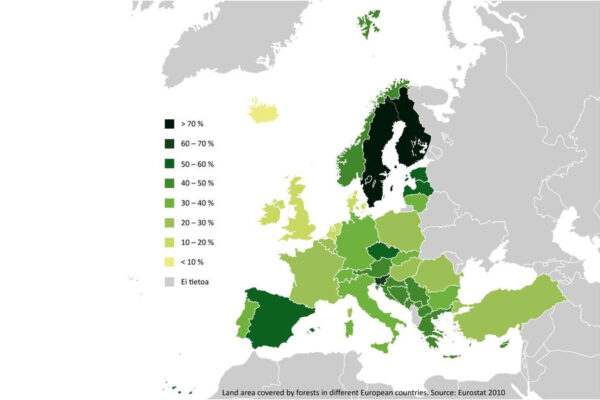
Important factor of forest economy is the actual forest composition and timber species. Generally, for the wood briquette production, all species are well fit for sawdust. Mainly, the sawdust is derived as timber production remains, therefore usually a mixed, whichever more available in given moment, is preferred. For the firewood production, coniferous trees like Pine or Fir are not an option, because of low density and heat value. However, for the wood pellet production, the Pine or Fir are most commonly used because of their vast availability and also well color range. Lithuania is rich on both: leafy hardwood (40%) and coniferous tree (60%) species. Lithuania’s forest composition in recent numbers is about one third of forest is Pines; one fifth is Fir, another one fifth is Birch. 7% is dark Alder and 4 % are most valued leafy hardwood Oak and Ash trees.

 Wood Pellets
Wood Pellets